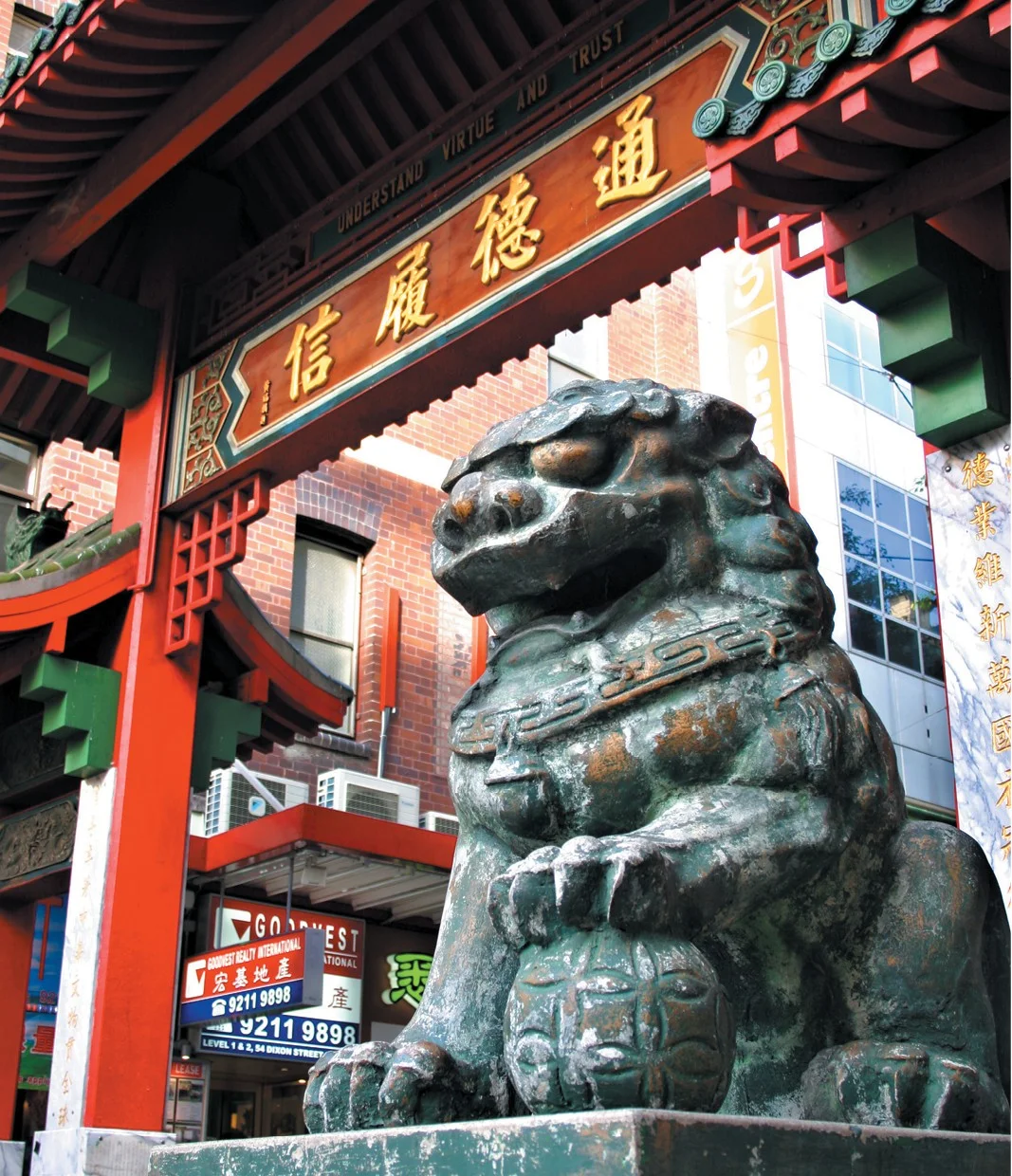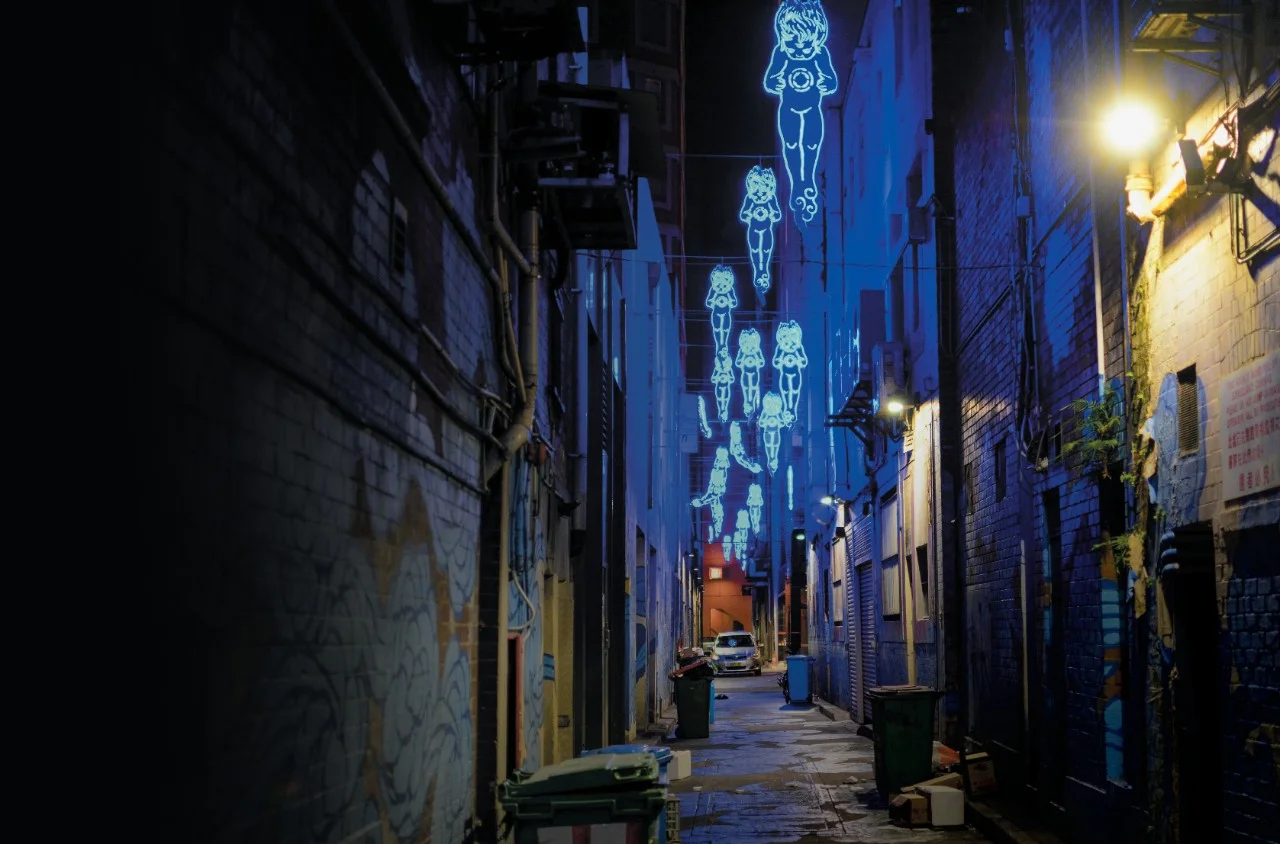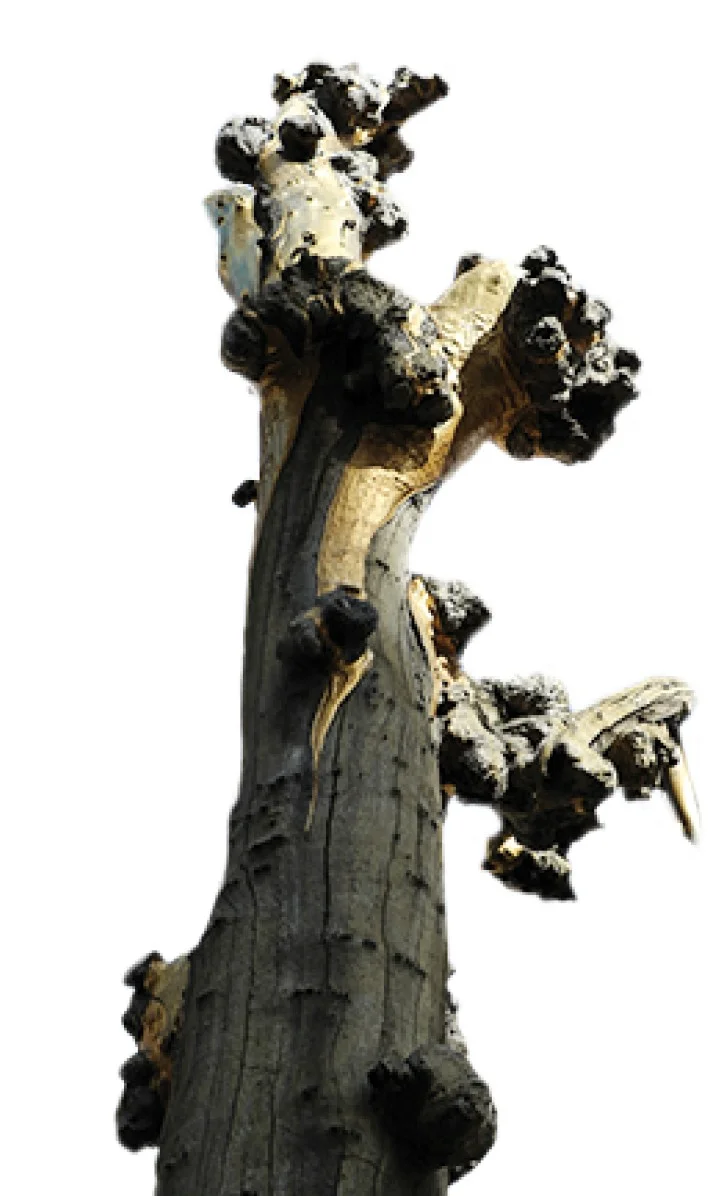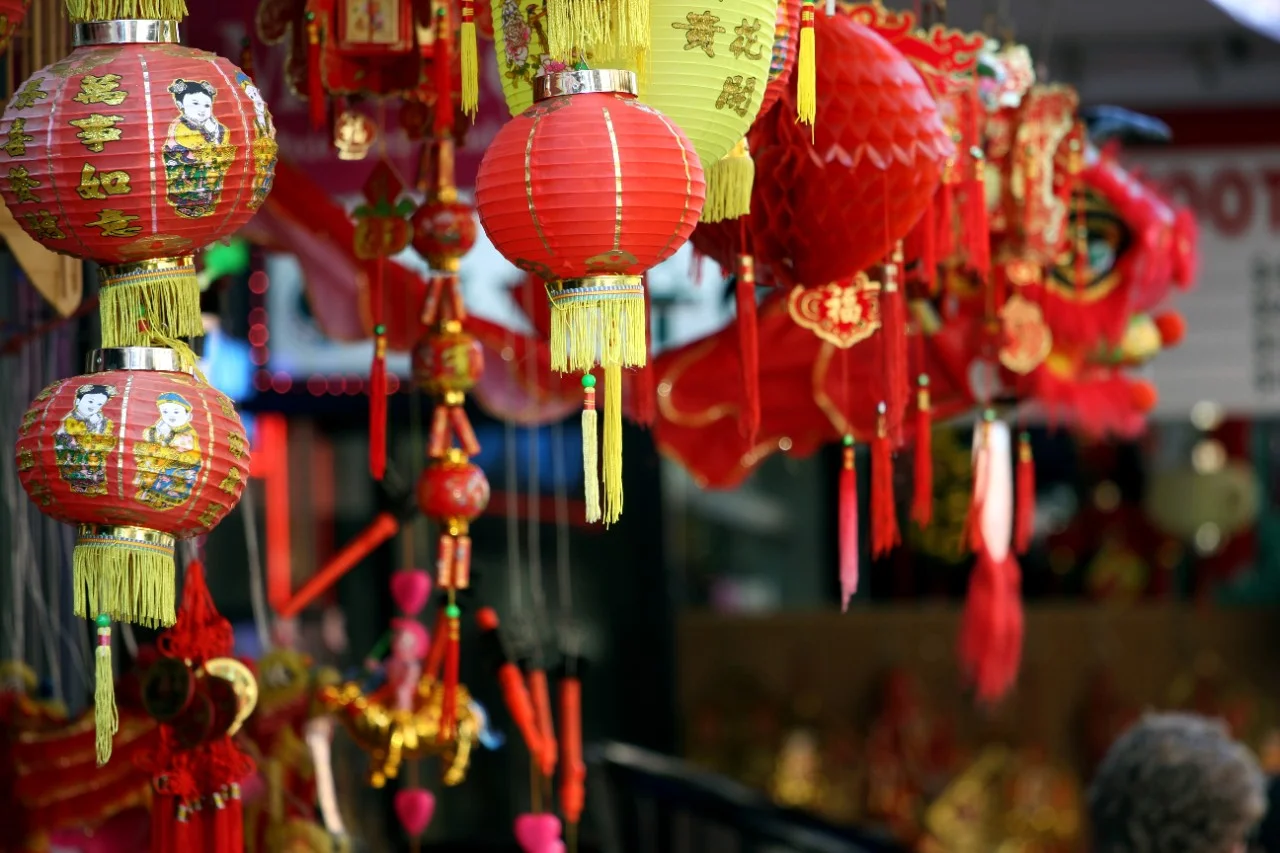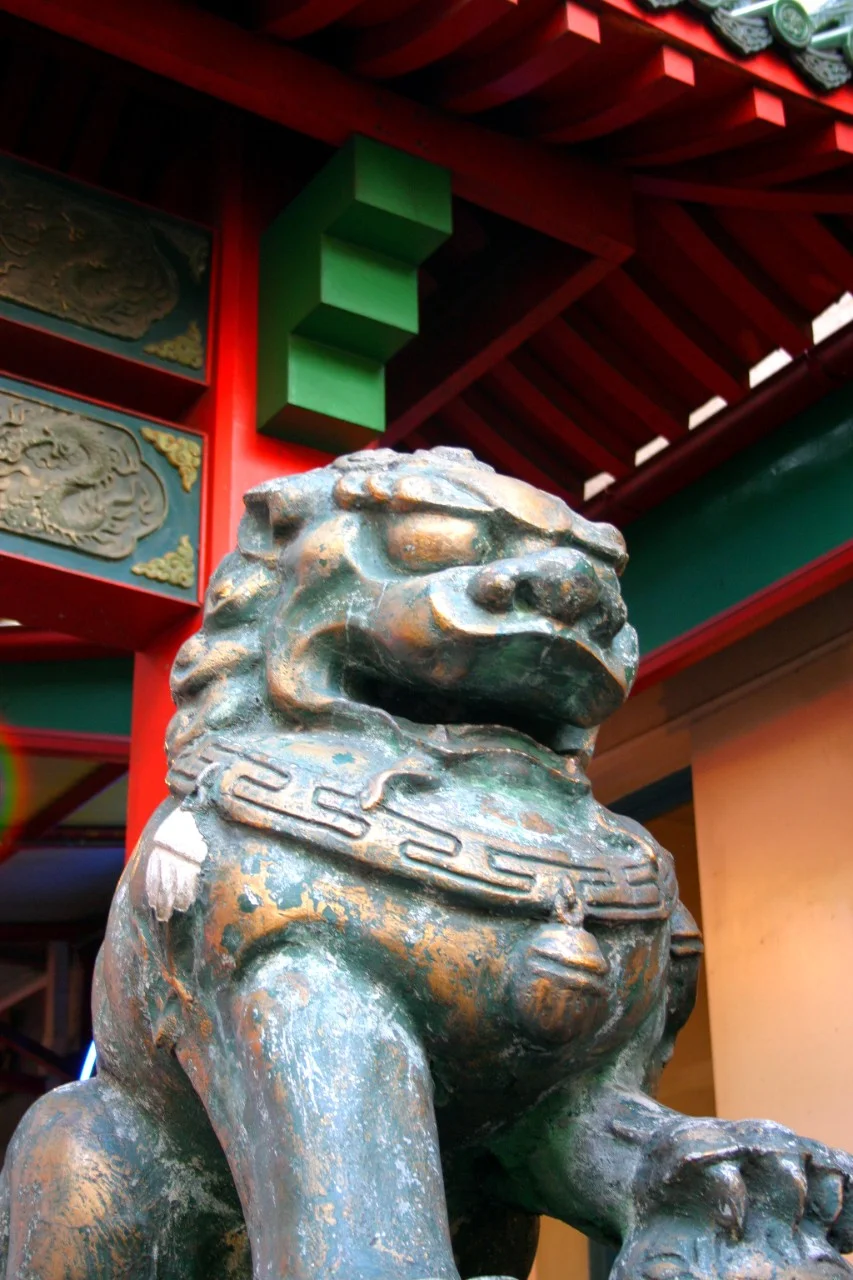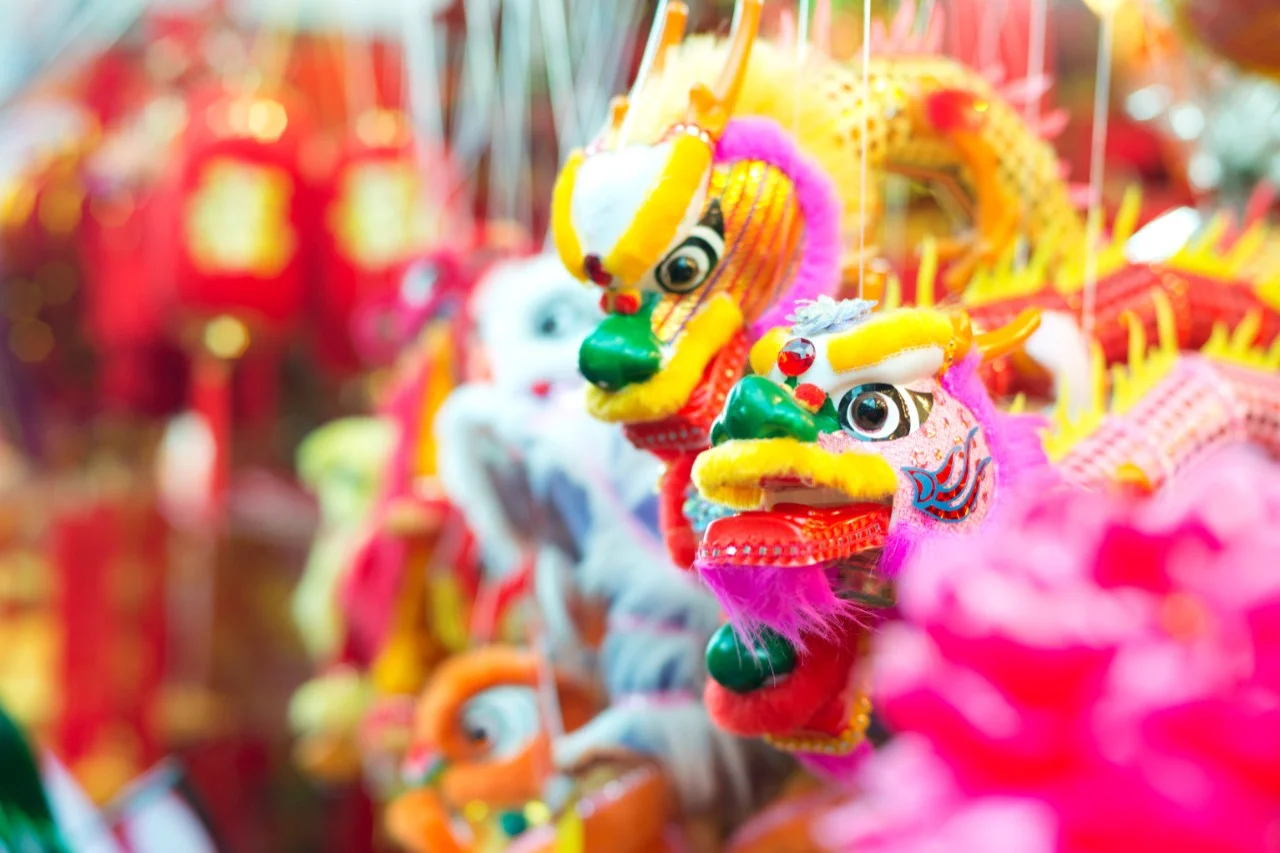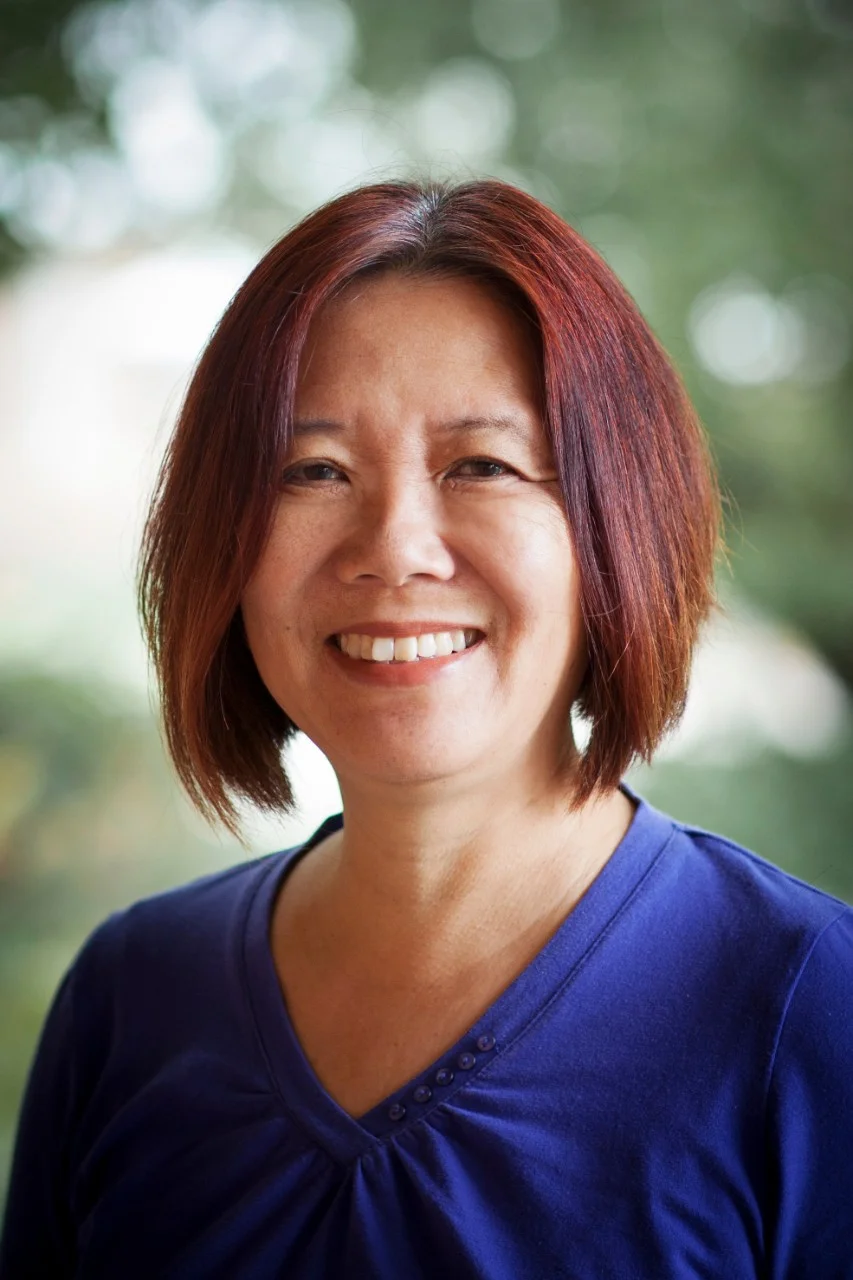Sydney’s Chinatown is much more of a modern bridge to Asia than a historic enclave
You can search for courses, events, people, and anything else.
Once a showcase of Chinese culture, Sydney’s Chinatown has changed over time and has emerged as an important gateway to Asia. As ‘the Asian century’ progresses, Chinatown is expected to evolve further. Pioneering work by researchers from Western Sydney University’s Institute for Culture and Society is elucidating how cultural and economic changes are shaping the City of Sydney strategy for Chinatown in the 21st century.
The future of this much-loved feature of Sydney is anything but certain, says Ien Ang, Distinguished Professor of Cultural Studies at the Institute for Culture and Society.
“Sydney’s Chinatown has always been seen as this exotic ethnic precinct where you can eat Chinese food and experience traditional Chinese culture,” says Ang. “But we wanted to look at what is taking place in Chinatown now and demystify the stereotypes that surround it.”
To explore what factors are shaping Chinatown in the 21st century, Ang and her colleagues teamed up with the City of Sydney in 2012, funded by an Australian Research Council Linkage grant. The researchers used a variety of approaches, including an analysis of population, immigration and employment data, interviews, student surveys, and observation of participants at events such as the Chinese New Year Festival to research the factors impacting on the cultural development of Chinatown.
Real estate agent George Wing Kee has witnessed the changes. When Wing Kee first set foot in Chinatown 50 years ago, it bustled with lively cookhouses run by Chinese families and migrants selling
produce at street markets.
But today, Chinatown is home to Korean barbeque restaurants and Japanese karaoke bars, and hallmarks of other Asian cultures are beginning to emerge among the traditional food stores and
Cantonese-style yum cha restaurants.
“From cuisine to property, there is a swing away from traditional Chinese culture,” says Wing Kee, a co-founding member of the Haymarket Chamber of Commerce. “The growth in student and migrant
numbers has altered the social structure of Chinatown.”
The Chinatown aesthetic
As Chinatown’s demographic becomes younger, the area’s facade is also becoming more contemporary. The traditional red-and-gold aesthetic is slowly being complemented by bold Australian-Asian art, such as the neon-blue angels of Jason Wing’s artwork, In Between Two Worlds.
This modern take on Chinese culture is also finding its way into urban design. The New Century Garden, a sprawling public artwork at the junction of Thomas and Hay Streets designed by
artist Lindy Lee, seamlessly merges with the area’s streets and buildings, while the Chinese Garden of Friendship’s more traditional walled design creates a space detached from the rest of the city.
A wooden start
Sydney’s Chinatown was originally a timber storage yard on Dixon Street in Haymarket in the 1920s. The White Australia policy, Australia’s racially exclusive immigration rules, restricted Chinese immigrants from working in most professions, thereby shaping the area and its activities. The Chinese population of the early 20th century sold produce in the nearby Hay Street market and opened shops, restaurants and lodgings to cater for the Chinese community.
When the White Australia policy was abolished in the 1970s, Chinatown was reborn as a tourist attraction with the trappings of an ‘authentic’ Chinese village. Ceremonial archways were erected
at both ends of Dixon Street and street corners were decorated with lanterns, pagodas and stone lions.
This revitalization soon transformed Chinatown from an ethnic ghetto into a tourist attraction. With the influx of tourists came a growing number of migrants from other Asian countries, such as
Thailand, Indonesia, Korea and Taiwan, settling in the area and establishing businesses.
Need to know
- Sydney’s Chinatown emerged in the 1920s.
- It became a magnet for tourists in the 1980s.
- Chinatown has become more multicultural and transnational, incorporating elements of many Asian cultures.
A cultural change
Over the past 20 years, the number of residents in Chinatown has increased eightfold. Data from the 2016 census revealed that some 68% of these residents were born in Asia, the highest density in greater Sydney. With the University of Technology Sydney and other educational institutions just a few blocks away, the number of visiting Asian students in Chinatown has also increased.
As a consequence of this surging population growth, the boundaries of Chinatown have expanded beyond Dixon Street to include the broader Haymarket precinct and beyond. Similar to Hong Kong and Bangkok, Chinatown’s residents live in newly developed high-rise apartments. Many of these buildings bordering Chinatown, such as World Square, and the soon-to-be-complete Greenland Centre, which is to be Sydney’s tallest residential tower, have been funded by investors from China and elsewhere in Asia.
In addition to strengthening economic links between Asia and Australia, these developments have also created a thriving hyperlocal economy which shows no signs of slowing down. The majority of these businesses are small enterprises, including restaurants, beverage shops, and independent fashion brands. To stand out from the competition in the rest of the city, Ang says that many businesses in
Chinatown take their cues from trends in Asian cities, from restaurant design to shopping mall management.
“A lot of these businesses have links to their home countries, either through imported products or foreign capital,” says Ang. “This exchange has transformed Chinatown into a bridge between Australia and Asia.”
Looking to the future
Chinatown’s evolution into a vibrant multicultural hotspot has fostered both connection and alienation in its residents. On the one hand, many Asian students see Chinatown as a home away from home. But on the other, many older Chinese residents feel the area has become disconnected from its history. The move from tradition to inclusion, such as the renaming of the Chinese New Year Festival to the Lunar New Year Festival in November 2018, has also stirred up controversy between some in the Chinese community and other Asian groups.
Since the team’s report was published in 2016, the City of Sydney has used the findings to develop a strategic plan for the area. Ang’s team has also summed up the findings in a book, Chinatown Unbound, to be published in 2019.
Ang points out that as Sydney becomes a more globalised city, urban policies for the area need to strike a balance between celebrating heritage and strengthening global ties to ensure that Chinatown can continue to thrive in the 21st century. “It’s important that Sydney does not forget Chinatown’s meaning in the history of the city,” says Ang.
Meet the Academic | Distinguished Professor Ien Ang
Distinguished Professor Ien Ang is a Professor of Cultural Studies and was the founding Director of the Institute for Culture and Society. She is one of the leaders in cultural studies worldwide, with interdisciplinary work that deals broadly with patterns of cultural flow and exchange in our globalised, multicultural world.
She is the recipient of numerous Australian Research Council grants, including a prestigious ARC Professorial Fellowship (2005-2009). Her current ARC research project is entitled The China Australia Heritage Corridor (with Dr Denis Byrne). Professor Ang has had the title of Distinguished Professor conferred on her by Western Sydney University in recognition of her outstanding research record and eminence. She is the first person at the University to be conferred with this honour.
Related Articles
Credit
This research was supported by the Australian Government through the Australian Research Council.
© Panu Kosonen/Shutter Stock © DENOZUKE /Shutterstock.com; © CO Leong/Shutterstock
Future-Makers is published for Western Sydney University by Nature Research Custom Media, part of Springer Nature.

